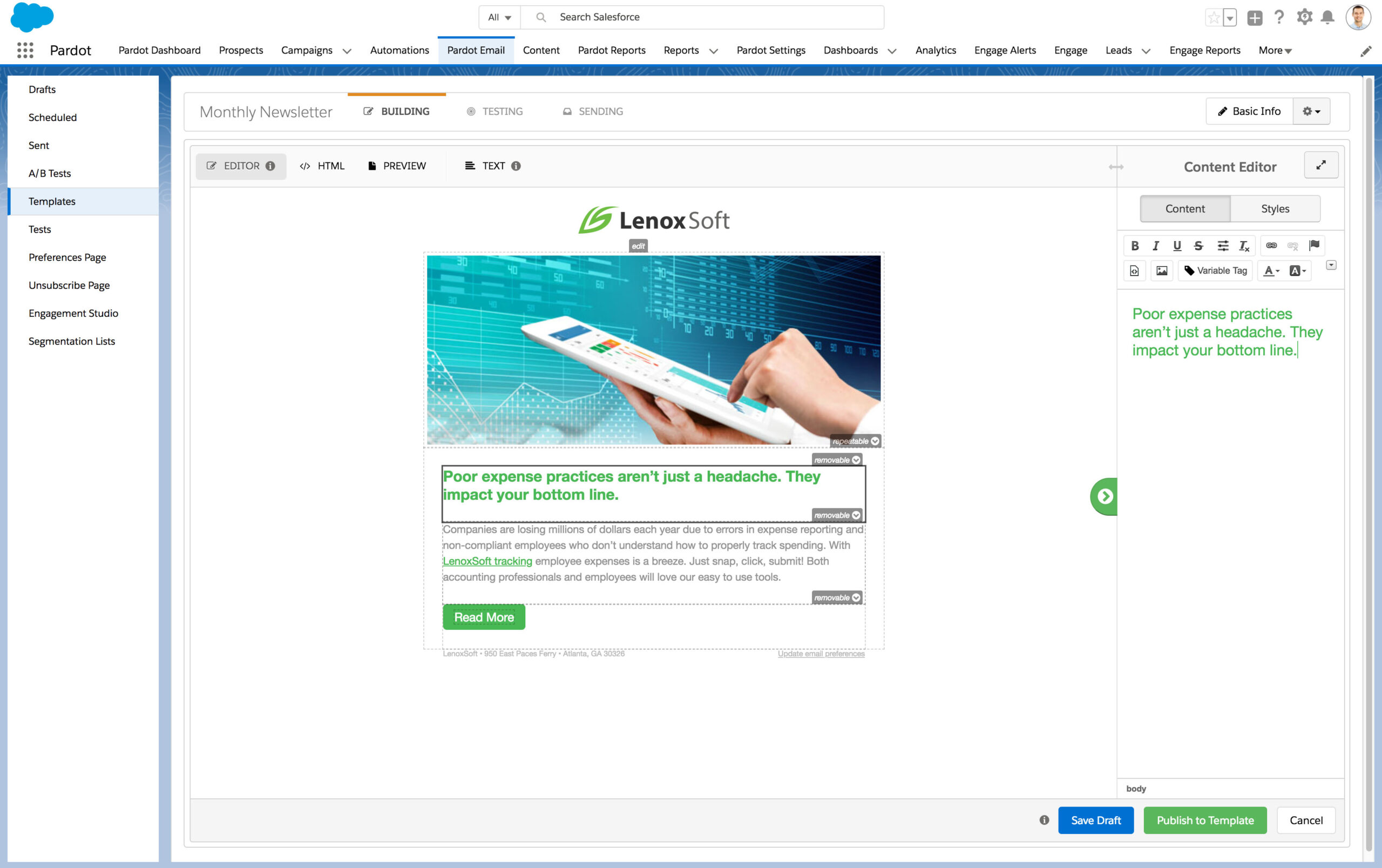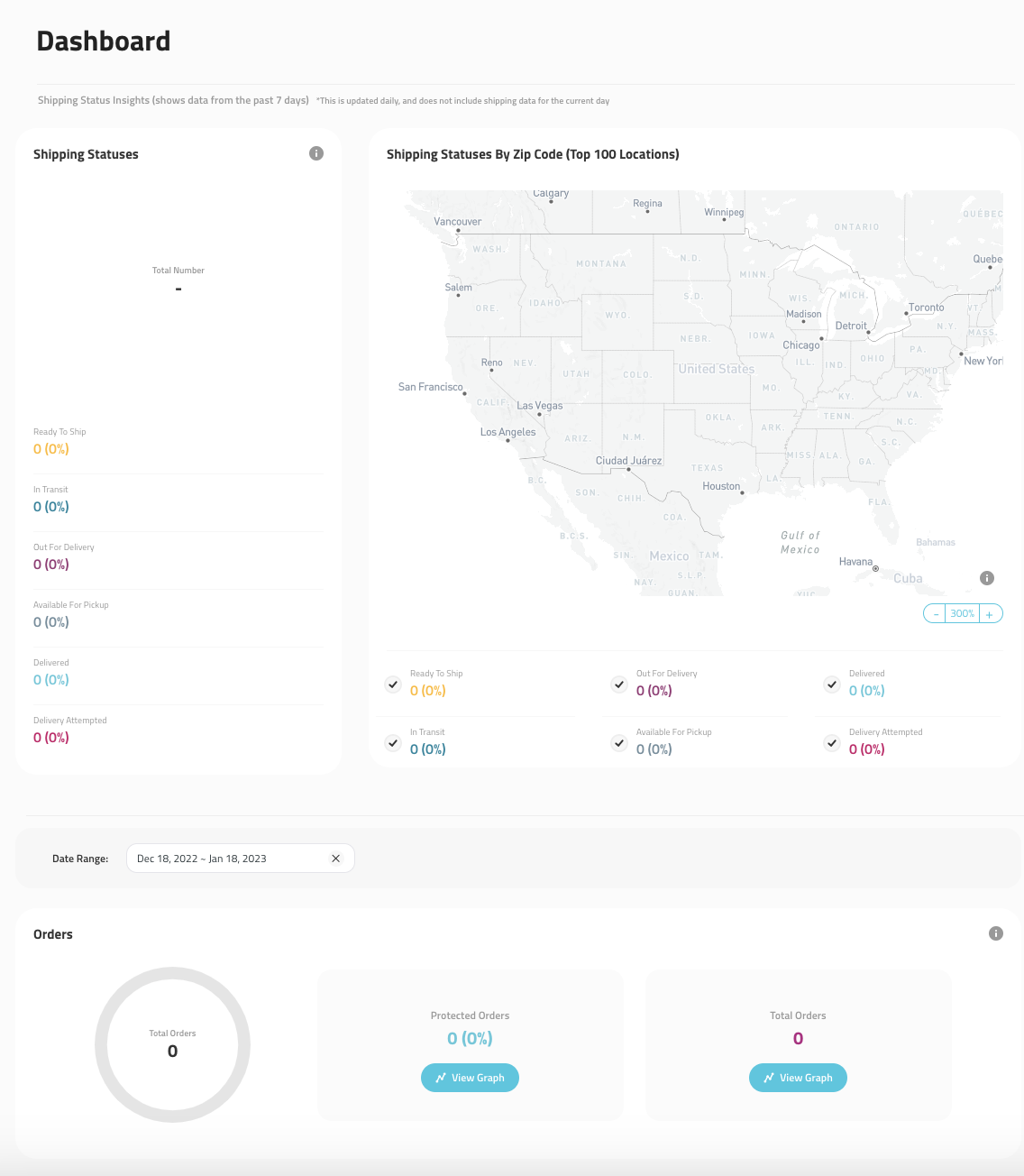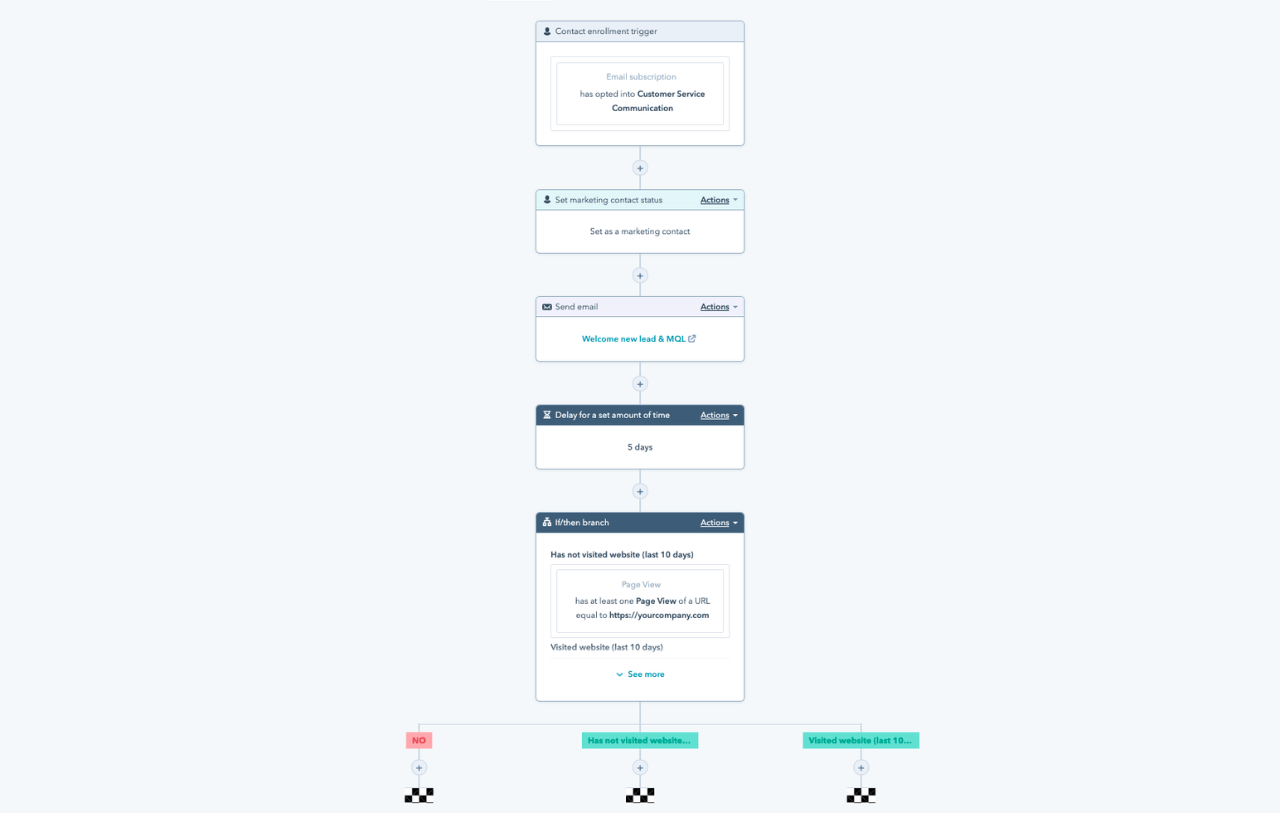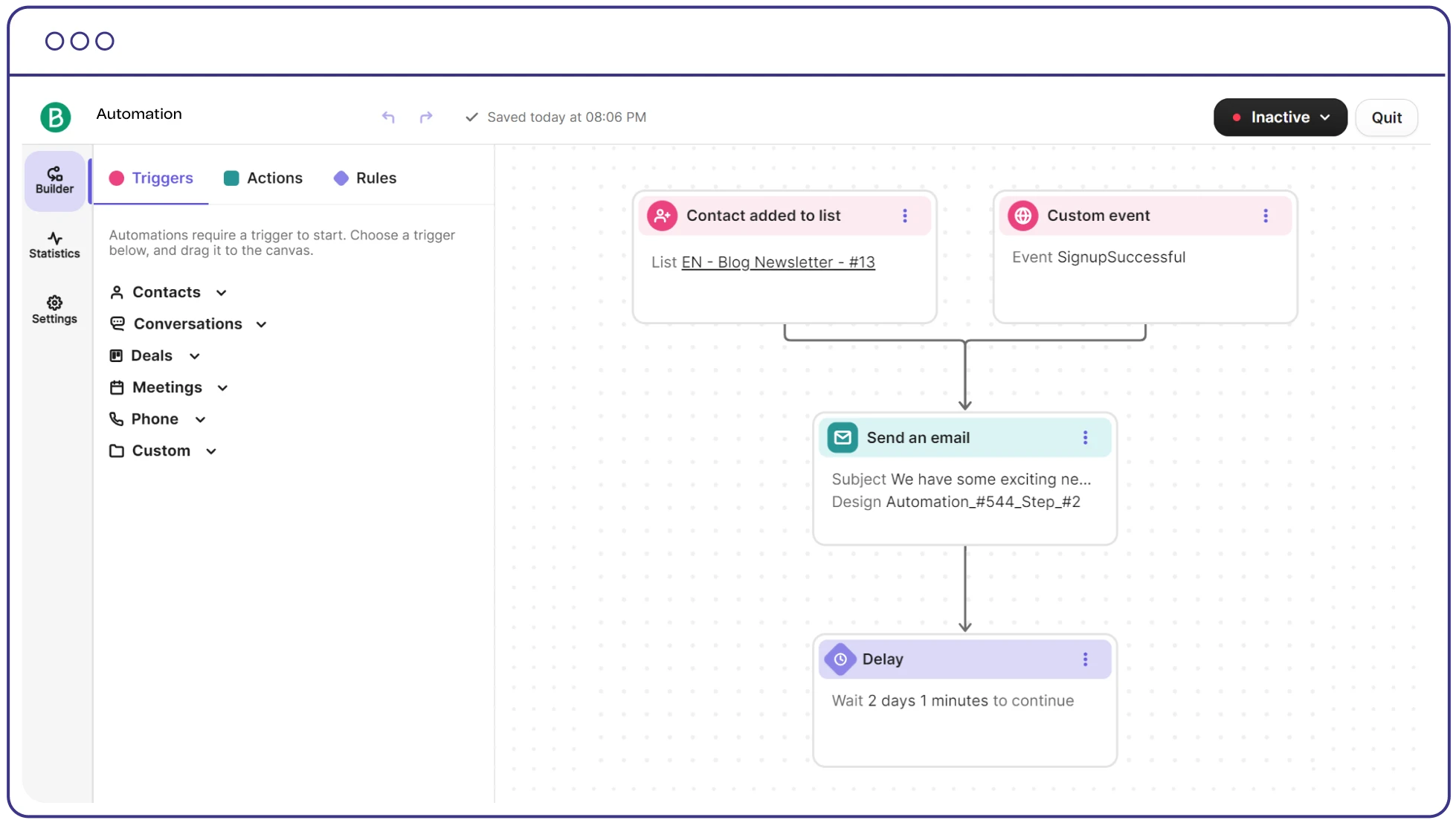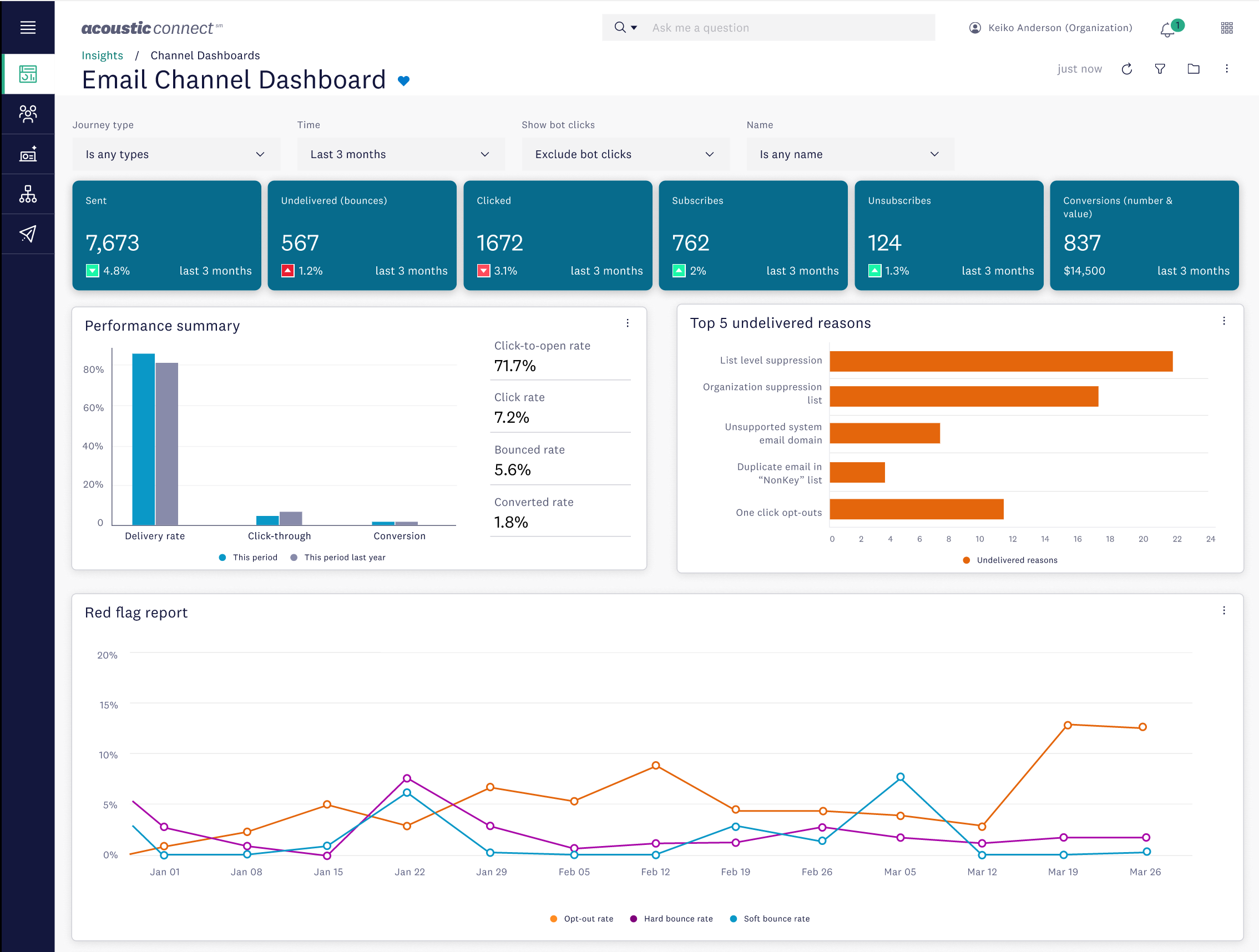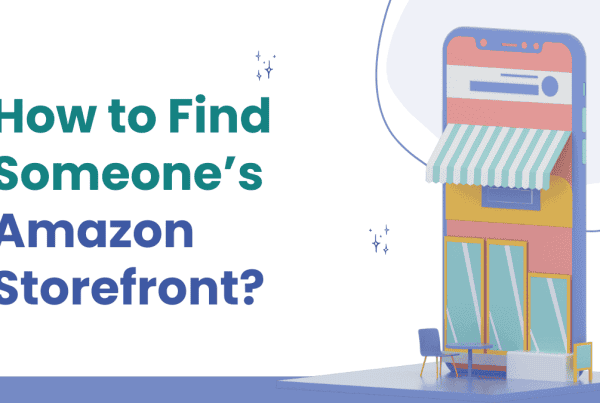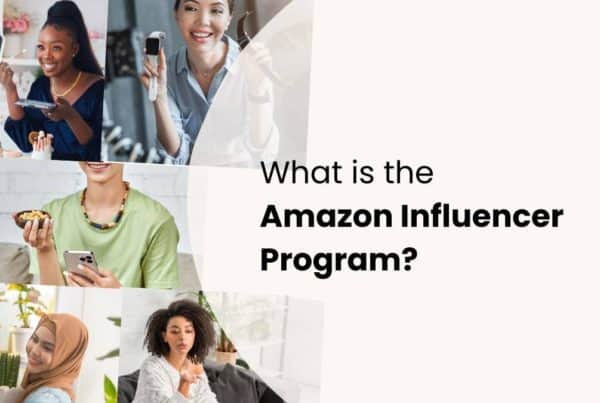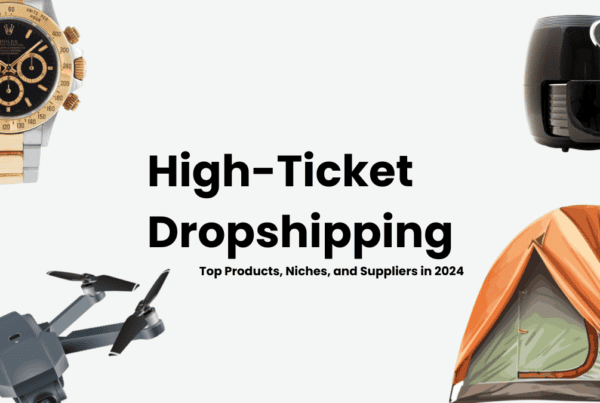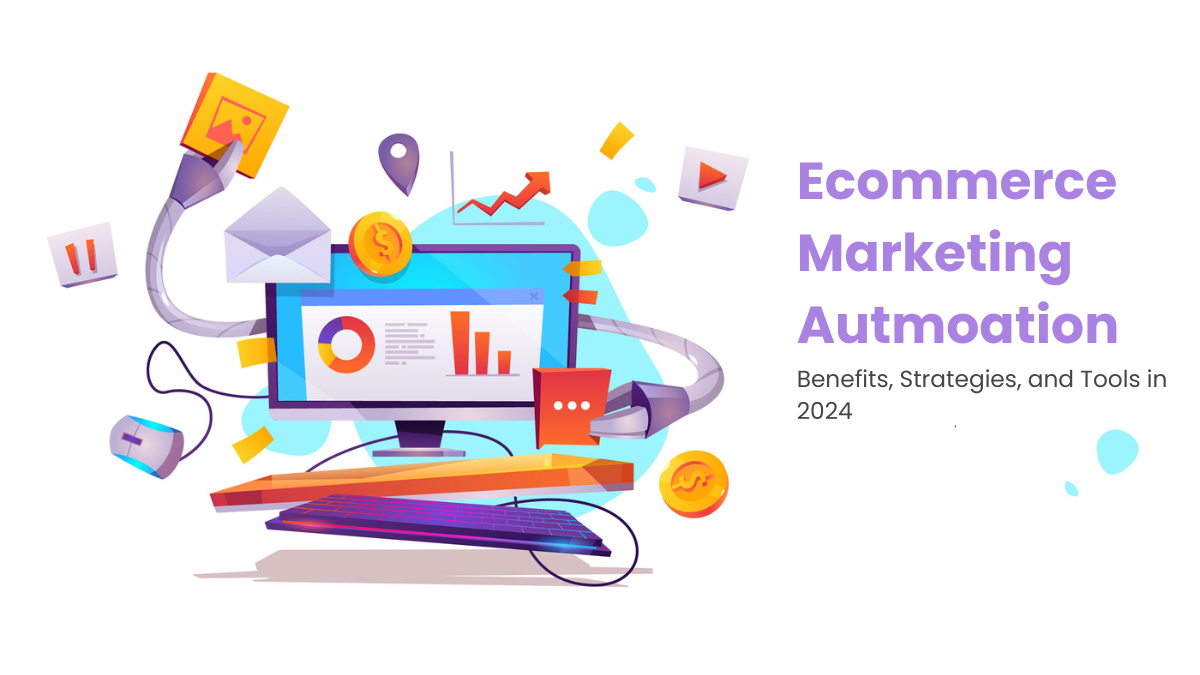
Time is the new currency and automation is the mint. As we step into the future of online retail, e-commerce marketing automation emerges as the game-changer, turning hours of manual work into a few clicks. As more and more people are shopping online nowadays, businesses are always trying to find easier ways to make their work smoother and make their customers happier. One such method is through marketing automation. With this article, we aim to provide you with a comprehensive guide on e-commerce marketing automation, its benefits, strategies, and the top tools available in 2024.
What is Ecommerce Marketing Automation?
E-commerce marketing automation is the process of automating and streamlining marketing tasks via a platform or software. It is a strategic approach to automating marketing and increasing process efficiency. Automation can help online merchants streamline, save money, and optimize their operations.
Marketing automation in e-commerce does a lot of different things. First, it helps with everyday jobs like organizing and promoting stuff online. But it also helps in marketing and optimization.
Ecommerce marketing automation is becoming essential these days. When you use it right, it can help your business grow and succeed in the digital marketplace. It’s like putting money into something that gives you back a lot more in terms of working faster, making customers happier, and earning more money.
Benefits of Ecommerce Marketing Automation
E-commerce marketing automation offers many benefits that can significantly improve efficiency, customer experience, and ultimately sales. Let’s take a look at each benefit:
Time Savings
Automation tools can handle repetitive tasks, freeing you up time to focus on more strategic aspects of your business. For example, instead of manually sending emails to customers who abandon your shopping cart, you can set up an automation to automatically trigger these emails. This frees up your time to work on other important aspects of your ecommerce store.
Personalization
Ecommerce marketing automation allows you to tailor messages and recommendations to individual customers based on their behavior and preferences. For example, if a customer frequently purchases skin care products, you could send them personalized recommendations for similar items or offer them special discounts on their favorite brands. This personalized approach enhances customer engagement and increases the chances of conversion. SalesManago shows that marketing automation drives 173% higher open rates for newsletters and sales mailings.
Improved Customer Experience
By automating various touchpoints throughout the customer journey, you can provide your customers with a seamless and consistent experience. For example, sending automated order confirmation emails, shipping notifications, and post-purchase follow-ups ensures customers are kept informed at every step of their purchase. This not only increases satisfaction but also increases trust and loyalty.
Increased Sales and Revenue
Marketing automation can help you identify and capitalize on sales opportunities more effectively. For example, you can set up automated email campaigns to target customers who have previously expressed interest in specific products but have not yet made a purchase. By sending them personalized offers or reminders, you can encourage them to complete their purchase, which will increase sales and revenue.
Data-driven Insights, Tracking
Automation tools collect valuable data on customer behavior, preferences, and interactions with your e-commerce store. By analyzing this data, you can gain valuable information about your audience and their purchasing patterns. For example, you can track which products are performing well, identify trends, and segment your audience based on different criteria. These insights enable you to make data-driven decisions and optimize your marketing strategies for better results.
Ecommerce Marketing Automation Strategies
Below we are listing a few ecommerce marketing automation strategies. These ecommerce marketing automation strategies can help you streamline your marketing efforts, improve customer engagement, and drive more sales for your online store.
Triggered Emails
A customer adds items to their shopping cart but doesn’t complete the purchase. A triggered email is automatically sent to remind them about the items in their cart and encourage them to complete the purchase by offering a discount or free shipping.
Triggered emails are automated messages sent to customers based on specific actions or events, such as signing up for an account, abandoning a shopping cart, or making a purchase. These emails are designed to deliver relevant and timely information to recipients.
Dynamic Content
Dynamic content allows you to personalize your marketing messages based on individual customer attributes, preferences, and behavior. This customization can include product recommendations, personalized offers, and tailored messaging.
An ecommerce website displays personalized product recommendations to each visitor based on their browsing history, past purchases, and demographic information. This dynamic content increases the likelihood of engagement and conversion by showing customers items that are relevant to their interests.
Segmentation and Personalization
Segmenting your audience involves dividing your customer base into smaller groups based on shared characteristics, such as demographics, purchasing behavior, or engagement level. Personalization involves tailoring your marketing messages and offers to each segment to make them more relevant and compelling.
An online clothing retailer segments their email subscribers based on gender, age, and purchase history. They then personalize their email campaigns by sending different promotions and product recommendations to each segment, such as highlighting men’s winter coats to male subscribers and women’s dresses to female subscribers.
Using Chatbots
Chatbots are AI-powered tools that can simulate human conversation and provide automated assistance to website visitors or customers. They can answer common questions, provide product recommendations, assist with purchases, and resolve customer issues in real-time.
An ecommerce website integrates a chatbot on its product pages to help customers find the right size or color, answer questions about shipping and returns, and provide personalized recommendations based on the customer’s preferences and browsing history.
Lead Scoring
Lead scoring is a method of ranking and prioritizing leads based on their likelihood to convert into customers. It involves assigning scores to leads based on factors such as demographics, behavior, engagement level, and purchase intent.
An ecommerce company assigns lead scores to website visitors based on their actions, such as signing up for a newsletter, browsing product pages, or adding items to their cart. Leads with higher scores, indicating stronger purchase intent, are then targeted with more personalized and aggressive marketing efforts to drive conversion.
Automated Landing Pages
Automated landing pages are web pages designed specifically to convert visitors into leads or customers. They are typically created using marketing automation software and are customized based on the source of traffic, user demographics, and previous interactions.
An ecommerce company creates automated landing pages for different marketing campaigns, such as a promotion for a new product launch or a seasonal sale. These landing pages are optimized to capture leads and encourage visitors to take specific actions, such as signing up for a newsletter or making a purchase.
Cross-selling and Upselling
Cross-selling involves recommending complementary or related products to customers based on their purchase history or current selection. Upselling involves encouraging customers to upgrade to a more expensive or premium version of a product they are interested in.
When a customer adds a laptop to their shopping cart, an e-commerce website suggests accessories such as a laptop bag, wireless mouse, and antivirus software (cross-selling). Additionally, the website offers the customer the option to upgrade to a higher-spec model with better performance and additional features (upselling).
Top E-commerce Marketing Automation Tools in 2024
The landscape of e-commerce marketing automation tools is vast and diverse. Here are some of the top tools that have made a significant impact in 2024:
Salesforce Pardot
Salesforce Pardot is a super helpful marketing tool that’s good at finding potential customers and helping them become buyers. It uses Einstein AI to figure out when someone might be ready to buy based on what they do online. Some cool things it does include giving scores to leads and making campaigns with an engagement studio that’s easy to use.
Pros: This tool offers a wide range of useful features that cover many aspects of marketing. It pays particular attention to businesses that sell to other businesses, making it especially helpful for those types of companies. One of its standout strengths is its ability to assess leads, giving them scores based on how likely they are to make a purchase and then helping to nurture them along the sales journey.
Cons: While this tool offers a lot of powerful features, it might be more than what smaller businesses need. Additionally, its pricing can be on the higher side compared to some other options available. For small businesses with limited resources, this could make it less accessible or practical. However, for larger enterprises with more robust budgets and complex needs, the comprehensive capabilities of this tool may be well worth the investment, providing them with the necessary tools to drive significant growth and success in their operations.
Route
Route is a new tool that aims to change how people feel after they buy something online. It uses really smart technology to keep customers interested even after they’ve made their purchase. One cool thing it does is make sure packages get to customers safely, so they feel confident and trust the whole process. Overall, Route is all about making sure customers feel good about their purchases and keeping them coming back for more.
Pros: Route is an innovative tool that revolutionizes post-purchase customer interaction. Through advanced AI, it delivers personalized messages, prolonging engagement beyond the sale. Notably, its package protection ensures safe delivery, fostering trust. This enhances the post-purchase experience, strengthening business-customer relationships, and boosting satisfaction and loyalty.
Cons: Route provides substantial advantages for businesses that ship physical products but may not suit industries where physical shipments aren’t central. For companies offering services or digital products, features like package protection might be optional. While Route is well-suited for e-commerce retailers and similar businesses, those not primarily focused on physical product shipments may find its features less relevant.
Hubspot
Hubspot is a popular tool for a type of marketing called “inbound marketing.” This means it helps convert people who find your business on their own into potential customers. It is like a magnet that attracts people towards itself. HubSpot is famous for doing this effectively, so many people consider it a great example of content marketing done right.
Pros: HubSpot excels in inbound marketing with its diverse tools and easy-to-use interface. It covers everything from email campaigns to social media and content creation. Its user-friendly design allows businesses to manage marketing effortlessly, regardless of their expertise.
Cons: HubSpot’s services can be costly, especially for small businesses. Despite its many features, the high financial investment may pose challenges for smaller enterprises with limited budgets. This cost factor might deter smaller companies from choosing HubSpot as their marketing solution, even though it offers valuable resources.
Brevo (formerly Sendinblue)
Brevo is a helpful tool that prevents you from missing out on sales chances. It’s especially handy for sending emails and text messages to your customers. With Brevo, you can make sure you’re staying connected with your audience and not letting any sales opportunities slip away. This tool offers services for email marketing, CRM, sales, and customer service. It also provides a customer data platform and a powerful messaging API.
Pros: Brevo offers robust features for sending emails and text messages to your customers. It’s easy to use, even for beginners, and comes at an affordable price.
Cons: Brevo’s ability to help with social media marketing is somewhat restricted.
Acoustic
Acoustic is a special marketing platform all by itself. It has lots of tools (Acoustic Campaign, Acoustic Experience Analytics, Acoustic Content, Acoustic Personalization, and Acoustic Connect) that help make marketing easier and better. With Acoustic, you can make things like sending emails and understanding what your customers want much simpler. Its easy-to-use design and strong features make it helpful for businesses that want to improve their marketing and get better outcomes.
Pros: Acoustic has many different tools, and it works on its own, not relying on other platforms. It’s especially useful for big businesses.
Cons: It might be hard for some people to figure out, especially for small businesses that don’t need all its features. The right tool depends on your specific needs. Consider the features you need and the amount of money you have, to spend on these tools.
Ecommerce Marketing Automation Case Studies
Let’s see some of the real-world examples of companies that have successfully integrated e-commerce marketing automation and what we have learned from them.
TruWood: Cart Abandonment Emails and Messages
TruWood, an eco-friendly online store selling watches crafted from bamboo, wood, and reclaimed lumber, found a solution for reducing cart abandonment using SMS marketing. They used SMSBump to create an automated series of messages reminding customers about their abandoned carts, focusing on recovering the most valuable ones. This approach paid off, as they saw their click-through rate soar to 18% and achieved an impressive return on investment of 35 times.
This success story highlights the importance of addressing cart abandonment in e-commerce. By sending personalized reminders with a sense of urgency, businesses can win back lost sales and improve their bottom line.
Draper James: Email Marketing Automation
Draper James, an online brand, honors its founder Reese Witherspoon’s birthday by throwing a weekend sale in mid-March. This showcases how email marketing automation can make customers feel involved and boost sales.
By sending personalized emails to different groups of customers, Draper James saw a big jump in sales. This teaches us that tailoring content to each customer’s interests can make a real difference in how much they buy.
Copa Airlines: Removal of Inactive Contacts
Copa Airlines aimed to make marketing easier by concentrating on people who were interested in their offers. By doing this, they saw more people buying tickets, making more money, and more emails being opened.
This teaches us that it’s smart to focus on people who are active and interested. Keeping your contact list tidy by removing inactive subscribers can help you get better results and work more efficiently.
Icelolly: Highly Relevant Social Media Ads
Icelolly noticed a decrease in conversions on their social media platforms, so they decided to take action. They integrated the Facebook extension into their engagement cloud. This move proved to be beneficial as their ads, which were based on relevance, saw a significant increase in conversion rates on Facebook compared to their general social media ads.
From this experience, we learned that social media platforms provide valuable tools for targeting and personalization. Utilizing these tools effectively can result in higher conversion rates for your advertisements.
On average, about half of all companies use marketing automation, and experts predict that its market size will grow to a whopping $8.42 billion by the year 2027. Studies indicate that marketers who employ segmented email campaigns experience a remarkable 760% surge in revenue. This highlights the significant impact that targeted email marketing can have on a company’s bottom line, showcasing the effectiveness of segmentation strategies in driving sales and boosting overall revenue.
The Future of Ecommerce Marketing Automation
As we move forward, ecommerce marketing automation continues to evolve, driven by technological advancements and changing consumer behaviors. Here are some of the key trends that are set to redefine e-commerce marketing automation in 2024:
- Augmented Reality Shopping Experiences: Augmented Reality (AR) is making online shopping better by letting customers see products in their own space before buying them. It’s getting easier and cheaper to use, so it’s something important to keep an eye on.
- Blockchain for Supply Chain Transparency: Blockchain technology is bringing a new level of clarity to how things move through the online shopping process. It’s like a never-ending list that shows exactly where a product has been, starting from when it was made until it gets to you.
- Rise of Dark Social: Dark social is when people share stuff using private ways like WhatsApp or email, making it tricky to track. This is becoming more popular and it’s changing how online shopping and social shopping work. It’s making personal recommendations even more powerful and revealing lots of new information about customers that we didn’t know before.
- Q-commerce Growth: Quick commerce, also known as Q-commerce, is changing how things get to people who buy them. It’s all about getting stuff to you quickly and easily, sometimes in just a few minutes.
- Voice-enabled Online Shopping: As smart speakers and voice helpers become more common, shopping by speaking is getting popular.
Preparing for the Future
To stay competitive and take advantage of these trends, businesses can:
- Invest in AR Technology: Companies can begin to see how AR can make their customers’ shopping better and start putting money into it.
- Explore Blockchain: Companies can begin to look into how blockchain can make their supply chain more clear and easy to understand.
- Leverage Dark Social: Companies can begin keeping an eye on these secret content shares and make their products so good that people want to share them on private channels.
- Embrace Q-commerce: Companies can begin to think about working together with nearby delivery services and spending money on making the final part of delivering things fast and smooth.
- Optimize for Voice Search: Companies can begin making their online shops work better with voice search so that people using voice helpers can shop easily.
The future of e-commerce marketing automation looks cool and has a lot of possibilities. By keeping up with these trends and getting ready for them, businesses can be ahead of the game and keep making their customers happy.
Conclusion
As we finish up, our advice to businesses thinking about marketing automation is to start small, set clear goals, and keep checking how things are going and making them better. Remember, the right marketing automation tool can help your online shop do well. It’s an investment that pays off with better efficiency, happier customers, and more money.
In the world of online shopping that’s always changing, it’s important to keep up. Embrace marketing automation, stay up-to-date with what’s happening, and get your business ready for what’s next. It might be hard work, but the rewards are worth it.
References:
- https://www.oberlo.com/blog/future-of-ecommerce
- https://www.activecampaign.com/blog/marketing-automation-trends
- https://www.blueprism.com/resources/blog/future-automation-trends-predictions/
- https://colorwhistle.com/marketing-automation-case-study-list/
- https://www.featuredcustomers.com/software/ecommerce-marketing-automation

